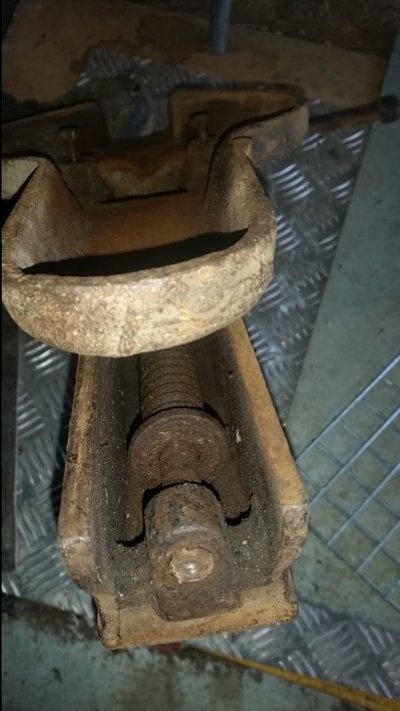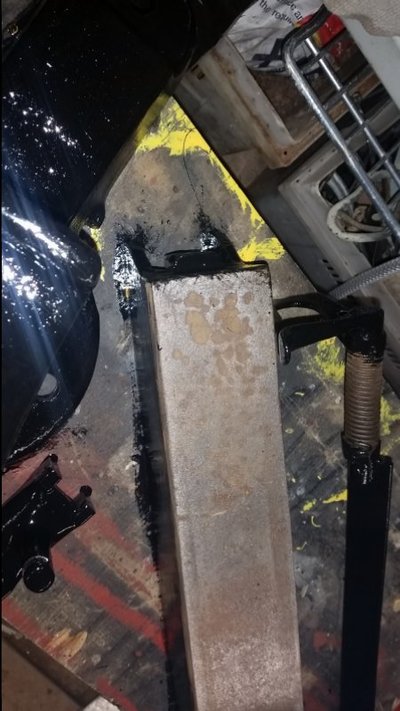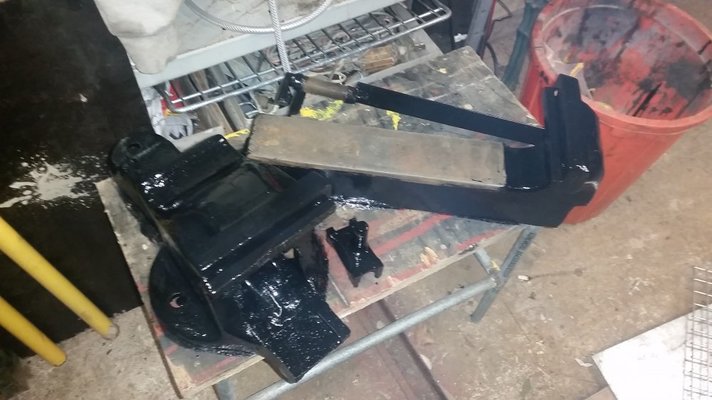MattF
Forum Supporter
- Messages
- 18,368
- Location
- South Yorkshire
The old style was shown in the B&H 1953 catalogue and the new style is shown in the 1958 catalogue, so I guess that narrows it down to 5 years, makes yours one of the first.
It being an early one would correspond with the serial stamped on it. Can't remember exactly what it is offhand, but seem to think it's around 2500 or so. I thought that was a Military serial no., but possibly not.
Hmm, can't see unbreakable mentioned in this catalogue, although it is on the page of unbreakable vices, I'll have to dig out my number 12 and see if it is on the casting.
It definitely doesn't say unbreakable on this one, so possibly someone may have tested that claim to destruction with their previous line, and they omitted it to save hassle.

As I understand it casting steel is much harder than iron, it is much more prone to inclusions and is very difficult to cast thick parts. So the lack of mass is most likely to increase the success rate of the castings.
Would make sense. I was thinking it might just be a cost/weight cutting measure.

EDIT: apologies for the poor photo quality
That's fine. Cheers for that, btw.

I'll try at some point to make decent digital copies of the vice section of all the B&H catalogues I have (1930,30 abridged,35,53,58,64,71/72) and the Record ones (No 16 and No 17).
That would be lovely if you could.
 On a tangent regarding the B&H catalogues, are there any old lineshaft pedestal drills in the earlier catalogues you have? Namely the, (to use what seems to have become a common term for them), camelback style drills. I have an old Pollard, geared floor standing drill here which was supplied by B&H. No idea what the rough age of it is though.
On a tangent regarding the B&H catalogues, are there any old lineshaft pedestal drills in the earlier catalogues you have? Namely the, (to use what seems to have become a common term for them), camelback style drills. I have an old Pollard, geared floor standing drill here which was supplied by B&H. No idea what the rough age of it is though.






